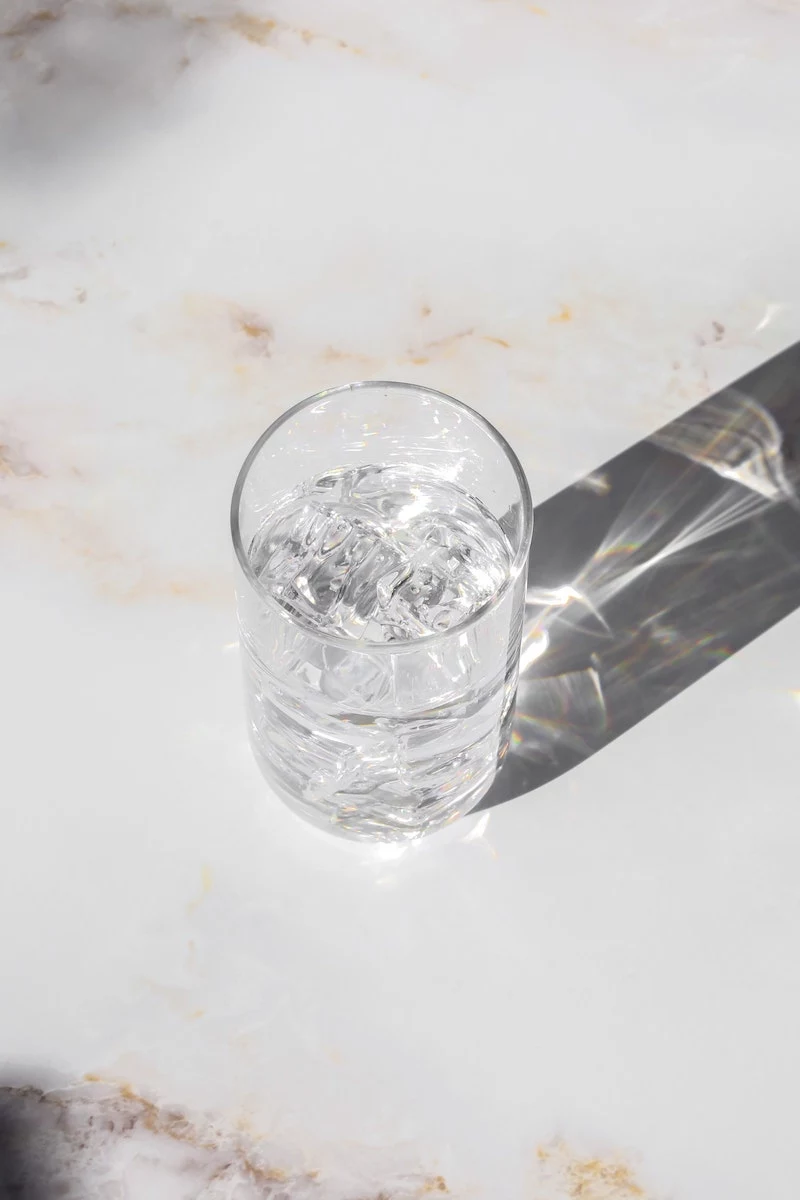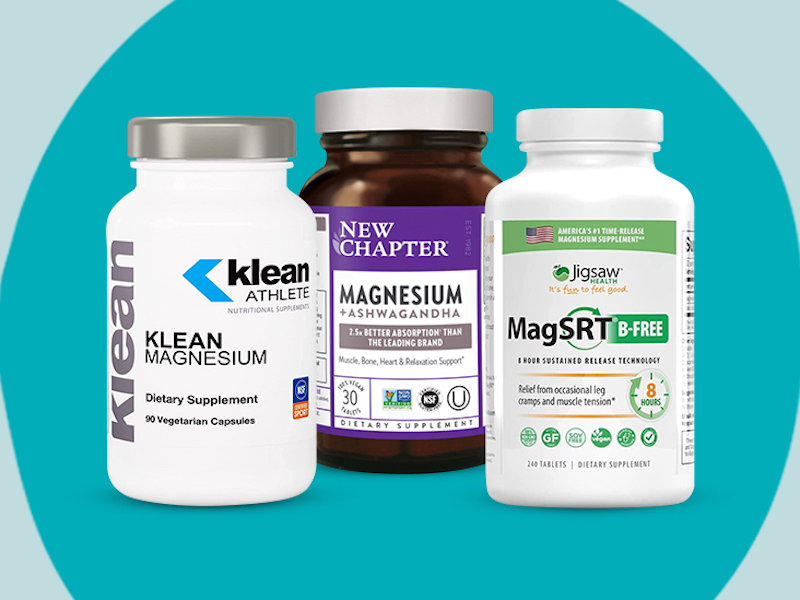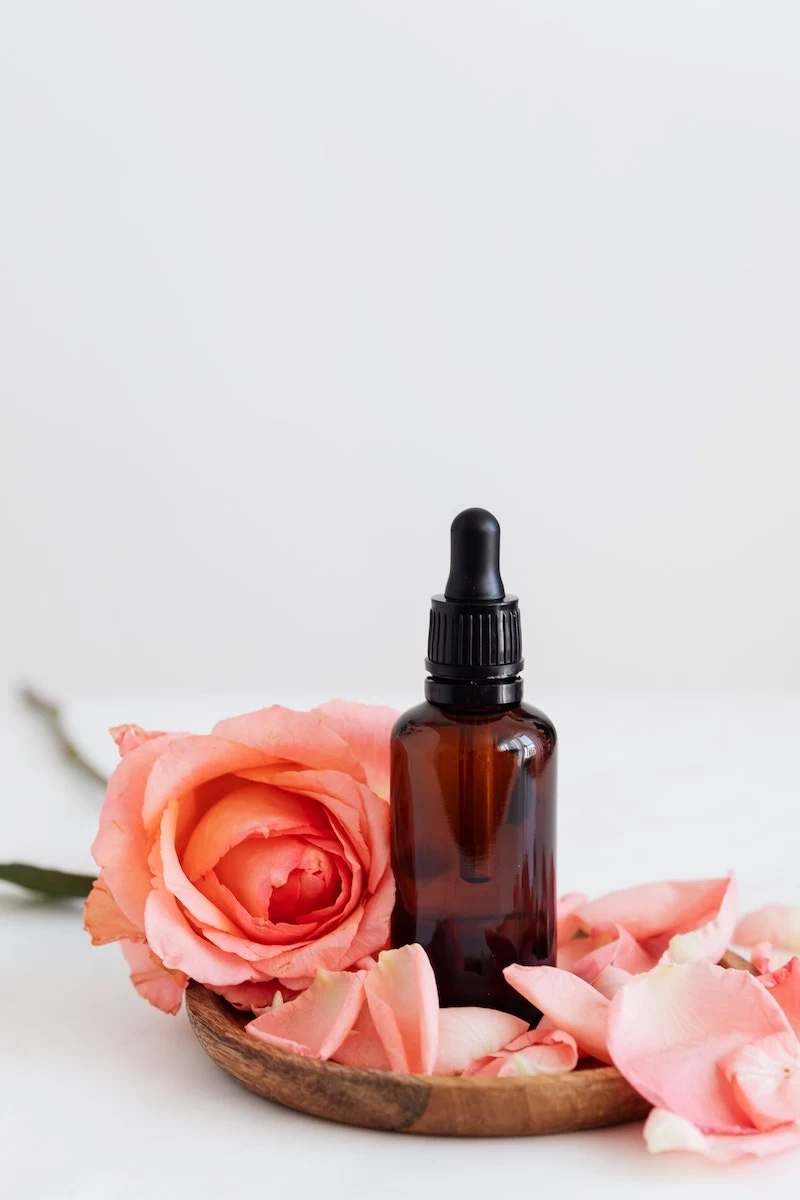Finally Understand Your Headaches: A Practical Guide to Kicking the Pain
Let’s be honest, headaches are one of the most frustrating things to deal with. They can sneak up on you and completely derail your day, turning a productive afternoon into a miserable session of just trying to get by. So many people I talk to feel like the pain comes from nowhere, and they’re just left to suffer through it.
In this article
- First Things First: What Kind of Pain Are We Dealing With?
- Your At-Home Headache First-Aid Kit
- Immediate Relief Strategies That Actually Work
- A Smart Guide to Over-the-Counter Meds
- Long-Term Strategies for Lasting Relief
- Stop Headaches Before They Start: Your Proactive Plan
- When to See a Doctor: The Red Flags You CANNOT Ignore
- Inspirational Gallery
But what if you could do more than just react? What if you could understand what your body is trying to tell you and have a solid plan to fight back? That’s exactly what we’re going to dive into. This isn’t about some miracle cure, but about giving you the knowledge to manage the pain effectively and even reduce how often it shows up.
Got a headache right now? Here’s a quick win: If the pain is throbbing and pulsing, try a cold pack on your forehead for 15 minutes. If it feels more like a tight, constricting band around your head, try a warm shower with the water hitting the back of your neck. It’s a simple first step that can make a huge difference.

First Things First: What Kind of Pain Are We Dealing With?
Before you can effectively treat a headache, you have to know what you’re up against. It’s like trying to fix a car without knowing what’s wrong under the hood. Using the wrong approach isn’t just useless—it can sometimes make things worse. Let’s break down the usual suspects.
- Tension Headaches: This is the most common type, the one that feels like a dull, persistent ache. People often describe it as a tight band squeezing their head. The pain is usually on both sides and can creep down into your neck and shoulders. The culprits? Oh, they’re everywhere: stress, poor posture from staring at a screen all day, or even just eye strain. Essentially, the muscles around your scalp and neck are contracting and staying tight, and that’s what causes the constant, pressing pain.
- Migraines: A migraine is way more than just a bad headache; it’s a full-blown neurological event. The pain is often a severe throbbing or pulsing, typically on just one side of the head. But the pain is only half the story. Migraines often bring friends to the party, like intense nausea, vomiting, and an extreme sensitivity to light and sound. Many people have no choice but to retreat to a dark, silent room. Some also get a warning sign called an ‘aura’—visual glitches like flashing lights or even a tingling in their hands or face. This is caused by a wave of electrical activity spreading across the brain, followed by inflammation and swelling blood vessels.
- Cluster Headaches: These are rare, but they are unbelievably severe. The pain is often described as a sharp, burning, or piercing sensation, almost always located on one side and centered around an eye. It’s so intense that people find it impossible to sit still and often end up pacing the room. They’re called “cluster” headaches because they occur in groups; you might get several a day for a few weeks, and then they might vanish for months. This pattern is linked to a part of the brain that controls our internal clock.
- Sinus Headaches: A lot of people think they have sinus headaches when they actually have migraines. A true sinus headache is from inflamed or infected sinuses. You’ll feel a deep, constant pressure in your forehead, cheekbones, and the bridge of your nose, and it gets worse when you bend over. The dead giveaway? A true sinus headache usually comes with other fun symptoms, like thick, discolored nasal discharge and maybe even a fever. A migraine can cause sinus pressure, but it won’t have those other signs of infection.
So, to put it simply: A tension headache is a squeeze. A migraine is a throb with bonus symptoms. A sinus headache feels like pressure and comes with cold-like signs. And a cluster headache is in a league of its own with that agonizing, stabbing pain.

Your At-Home Headache First-Aid Kit
It pays to be prepared. Instead of scrambling when the pain hits, having a few key items on hand can make a world of difference. Here’s a simple kit you can put together.
- Reusable Gel Cold Pack (~$10-20): A must-have for migraines. You can grab one at any pharmacy or online.
- Electric Heating Pad (~$20-30): Perfect for tension headaches. Look for one with an automatic shut-off for safety.
- Magnesium Glycinate (~$15 for a month’s supply): A fantastic preventative supplement for migraine sufferers.
- Peppermint Essential Oil & a Carrier Oil (~$15 total): A great topical duo for tension headache relief. Jojoba or fractionated coconut oil are excellent carrier options.
Immediate Relief Strategies That Actually Work
Once you have an idea of what you’re dealing with, you can target the pain more effectively. Here are some go-to methods that provide real relief because they address the root cause of the pain.

Cold for the Throb (Migraines)
That throbbing pain from a migraine? It’s from swollen, inflamed blood vessels in your brain. Applying cold causes those blood vessels to constrict, or narrow. Shrinking them can significantly reduce the pressure and ease that awful pulsing sensation.
Quick tip: Don’t just slap a bag of frozen peas on your head. For the best results, wrap a gel pack in a thin, damp towel. The moisture helps conduct the cold more effectively. Apply it to your forehead, temples, or the back of your neck for 15 minutes, then take a 15-minute break to avoid any skin irritation.
Warmth for the Tension
For tension headaches, you want to do the opposite. The pain is from tight, angry muscles. Warmth helps those muscles relax by increasing blood flow to the area. This helps flush out pain-causing substances and eases that feeling of being in a vise.
Heads up! The key is placement. Don’t just put it on your head. Target the source of the tension by placing a heating pad (on low!) or a warm towel on the back of your neck and across your shoulders. This relaxes the very muscles that are often the real culprits.

Don’t Underestimate Hydration
This is a huge one that people often forget. When you’re dehydrated, your blood volume drops, which can reduce blood flow and oxygen to your brain. Your brain can even shrink a tiny bit, pulling away from your skull and triggering pain receptors. Ouch.
Practical advice: If you feel a headache coming on, start sipping water steadily. I usually tell people to aim for a baseline of 64 ounces (about 2 liters) a day, and more if it’s hot or you’re active. For faster rehydration, you need electrolytes. You can skip the sugary sports drinks and make your own. In an 8-ounce glass of water, mix in 1/4 teaspoon of salt and 1-2 teaspoons of sugar. It’s a basic oral rehydration solution that works wonders.
Using Caffeine Strategically
Caffeine is a double-edged sword. It can be a huge help because it constricts blood vessels, which is great for migraines. It can also boost the effectiveness of over-the-counter pain relievers by up to 40%. That’s why you see it as an ingredient in many headache meds.

But here’s the critical warning: This strategy works best if you don’t consume caffeine regularly. If you’re a heavy coffee drinker, caffeine could actually be causing rebound headaches from withdrawal. The key is moderation. Use it sparingly as a tool for headache relief, not as a daily habit.
A Smart Guide to Over-the-Counter Meds
Pain relievers are effective, but you need to know what you’re taking and, more importantly, when to stop.
- NSAIDs (like Ibuprofen and Naproxen): These are Non-Steroidal Anti-Inflammatory Drugs. They work by blocking the production of chemicals that cause inflammation and pain. They’re especially good for migraines and tension headaches.
- Acetaminophen: This works differently, primarily in the brain, by raising your pain threshold. It’s not an anti-inflammatory, but it’s often easier on the stomach.
The Most Important Safety Warning: Medication Overuse Headaches
This is a trap I’ve seen so many people fall into. Using OTC pain relievers too often—even if you follow the dosage on the bottle—can backfire spectacularly. It can cause a nasty condition called Medication Overuse Headache (or rebound headache), turning your occasional pain into a chronic, daily problem.

The general guideline is to avoid using these medications for more than 10 to 15 days per month. If you find yourself needing them more often than that, it’s a massive red flag. It means you need to see a professional to talk about a preventative strategy. And by the way, if a dose of an OTC med doesn’t provide relief within an hour or two, or you feel tempted to take another dose sooner than the package allows, that’s a sign it isn’t the right approach for this particular headache.
Long-Term Strategies for Lasting Relief
To truly get a handle on frequent headaches, you have to play the long game. This means looking at holistic and preventative approaches.
Magnesium: The Brain’s Calming Mineral
This mineral is a superstar for nerve function and is often low in people who get frequent migraines. It helps calm the nervous system and can prevent the brain activity that kicks off a migraine in the first place. I usually suggest magnesium glycinate or citrate, as they’re absorbed better and are kinder to your stomach. A typical preventative dose is around 400 mg per day. But be patient with this one! Unlike a painkiller, it can take a good 2-3 months of consistent daily use before you notice a real drop in migraine frequency. And as always, chat with your doctor before starting any new supplement, especially if you have kidney issues.

A Simple Acupressure Trick
While acupuncture requires a pro, there’s a simple acupressure technique you can do yourself. Find the fleshy web of skin between your thumb and index finger. This spot is called the LI4 pressure point. Applying firm, circular pressure here for about a minute can sometimes bring temporary relief. It’s a great little trick to use while you’re waiting for medication to kick in. (Good to know: this point is traditionally avoided during pregnancy.)
Stop Headaches Before They Start: Your Proactive Plan
The ultimate goal is to have fewer headaches to begin with. This requires some detective work and a few lifestyle tweaks.
Become a Headache Detective with a Diary
This is, without a doubt, the most powerful tool for figuring out your personal headache triggers. For one month, track everything. No, seriously, everything. When a pattern emerges, you can start making targeted changes. Here’s what to log:

- Date and time the headache started and ended
- Pain score on a scale of 1-10
- What the pain felt like (throbbing, dull, sharp?)
- Where the pain was located
- Any other symptoms (nausea, aura, etc.)
- All foods and drinks you had that day
- How many hours you slept the night before
- Your stress level (low, medium, high)
- Any medications you took (and if they helped)
- For women, where you are in your menstrual cycle
After a few weeks, you might be shocked to find a clear link between your headaches and a specific food, lack of sleep, or even stress from your Monday morning meeting.
Fix Your Posture
That “tech neck” from looking down at your phone or computer is a primary driver of tension headaches. A simple exercise I teach people is the chin tuck. Sit or stand up straight. Gently pull your chin straight back, like you’re trying to make a double chin, without tilting your head down. You should feel a nice stretch at the base of your skull. Hold for 5 seconds, release, and repeat 10 times. Doing this a few times a day can work wonders.

When to See a Doctor: The Red Flags You CANNOT Ignore
This is the most critical part of our chat. While most headaches are harmless (though painful), some are a sign of a serious medical emergency. Remember the word SNOOP to check for red flags.
- S – Systemic Symptoms: A headache that comes with a fever, night sweats, or unexplained weight loss.
- N – Neurological Symptoms: A headache paired with confusion, weakness on one side of your body, vision loss, or trouble speaking.
- O – Onset: This is the big one. If a headache slams into you, going from zero to the worst pain of your life in under a minute—what experts call a ‘thunderclap’ headache—this is a 911-level emergency. Do not wait. It could be a sign of a brain bleed. Go to the ER immediately.
- O – Older Age: Any new type of headache that starts after the age of 50 needs a thorough investigation.
- P – Pattern Change: If your usual headaches suddenly become way more frequent, severe, or just feel ‘different,’ it’s time to get it checked out.
If you experience any of these, please don’t try to tough it out. Seek immediate medical help. Your health is too important.

Ultimately, managing headaches is about moving from being a victim of the pain to being an active partner in your own health. By understanding your body and using these tools, you can absolutely regain control and improve your quality of life.
Inspirational Gallery


Did you know your brain can temporarily shrink when you’re dehydrated?
It’s a fact. Even mild dehydration causes a loss of fluid that makes the brain pull away from the skull, triggering the pain receptors in the surrounding membrane (the meninges). This is why a dehydration headache feels so deep and persistent. Before reaching for a pill, try drinking two large glasses of water and waiting 30 minutes. For faster rehydration, consider an electrolyte powder from brands like Liquid I.V. or Nuun, which helps your body absorb the water more efficiently.
Beyond the Pill: Pressure Points for Quick Relief
Acupressure can be surprisingly effective for tension-type headaches. Try this simple technique: Find the fleshy spot on your hand between your thumb and index finger (the LI4 or Hegu point). Apply firm, circular pressure with the thumb of your other hand for about 60 seconds. You should feel a dull ache. Repeat on the other hand. It’s a discreet and powerful tool you can use anywhere, from a stressful meeting to a noisy commute.










